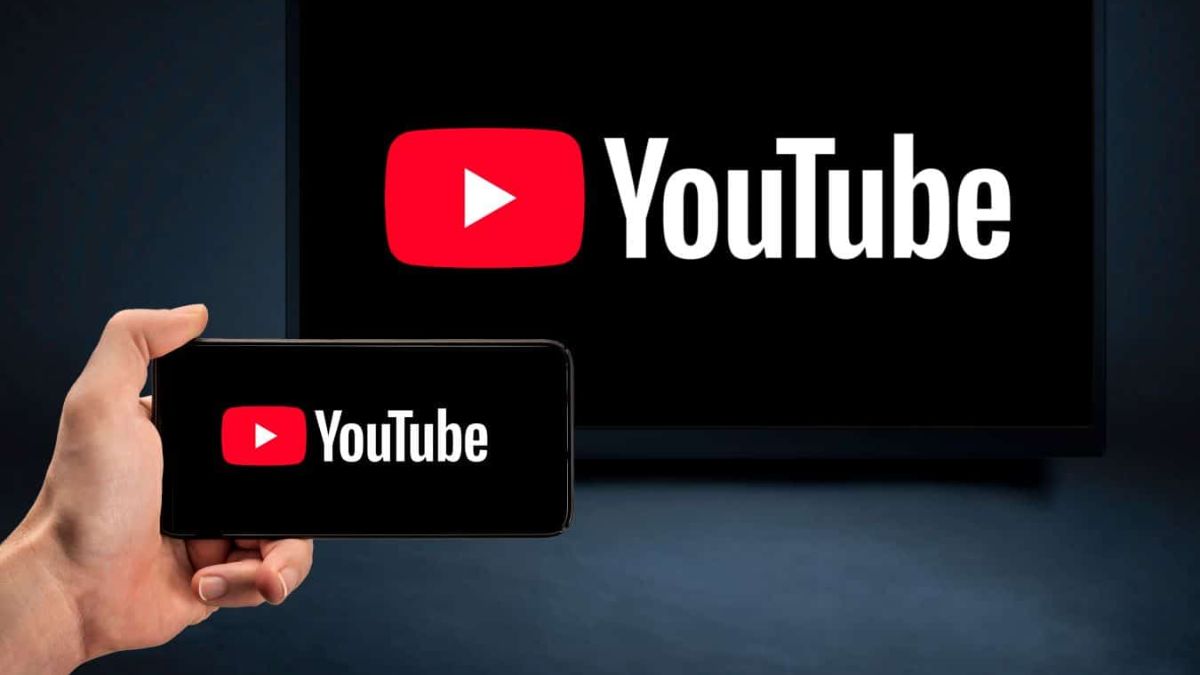 Image Credits - hardware
Image Credits - hardware
Advertisement
YouTube has introduced a set of new protective measures aimed at safeguarding European teens from content that could potentially harm their self-image. The Google-owned platform is placing restrictions on video recommendations related to fitness levels, body weight, and content showcasing social aggression. These measures are designed to prevent teens from being exposed to repeated messages that may influence negative self-perceptions.
YouTube recognizes that teenagers are particularly vulnerable to self-criticism when exposed to recurring content promoting ideal social standards. As a result, the platform is now actively limiting recommendations of videos that, while harmless in isolation, could become problematic when viewed repetitively. This initiative is part of a larger effort to help teens develop healthier mental and emotional habits while navigating online spaces.
In addition to these content restrictions, YouTube is launching crisis center panels throughout Europe. These panels will provide quick access to live support from crisis service partners for teens in distress. The panels may appear if young users watch content related to sensitive topics such as suicide, self-harm, or eating disorders. Teens may also encounter these panels when searching for terms related to health crises or emotional issues.
The new measures complement YouTube’s existing safeguards, such as parental control features. Parents in the U.S. and other regions can now link their accounts with their teens, allowing them to monitor channel activity, including comments, uploads, and subscriptions, through the Family Center hub. Parents will also receive email alerts when their teen uploads a video or starts a livestream, even if it is set to private. However, YouTube clarified that the notifications would not disclose the specific content of comments or uploads, and parents cannot alter their child’s listed age.
These updates build upon the supervised accounts feature that YouTube introduced in 2021, which granted parents greater control over the types of videos their teens can view. The company continues to enhance its platform in response to growing concerns about the mental health impact of social media on younger users.
